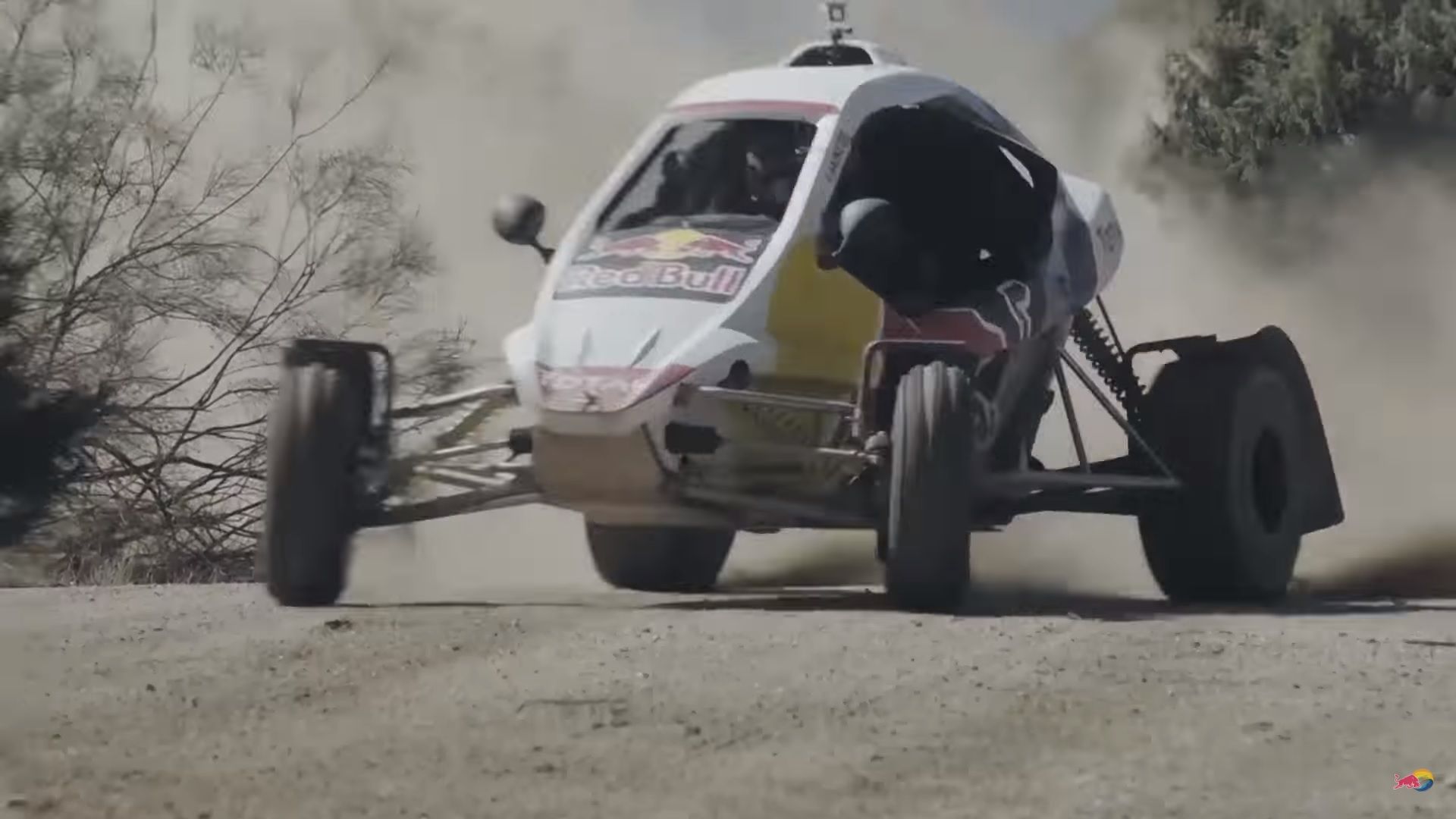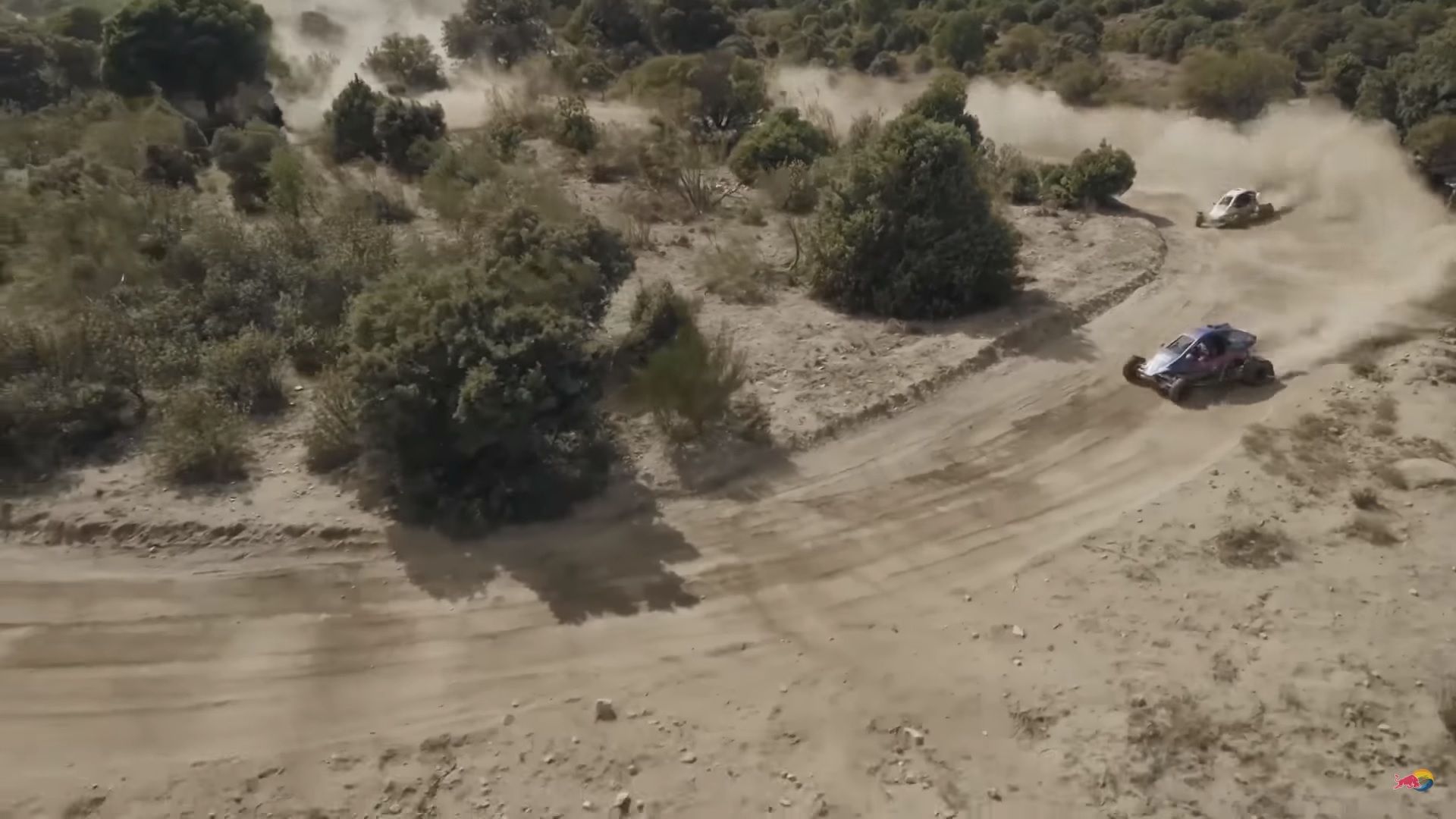Take the engine from a Honda or a Kawasaki motorbike, weld it on a FIA-approved tubular chassis, add a dog-ring six-speed transmission, lightweight body panels and a few other bits and bobs like adjustable suspension, a differential and tires, of course.
The result is what folks call these days a crosskart, the open-wheel, pocket-sized alternative to a fully-fledged rally car.
OK, but what is kartcross?
If the track bit is pretty straightforward, crosskarts come in a lot of shapes and guises. Plus, they're split in classes, depending on displacement - there are crosskarts that use 125 cc, 250 cc, and even 650 cc motorcycle engines. An example of what a crosskart might look like you can find here.
Typically, these go-fast concoctions are pretty light on their feet, uhm, wheels. They tip the scales at around 300 kilos/660 pounds (more or less, depending on the manufacturer) thanks to fiberglass body panels and midget car frame and can go from zero to 60 mph (96 kph) in as low as 3 seconds and top speeds of up to 130 mph (210 kph).
They're rear-wheel-driven, of course, and their engines redline well past the 10,000 rpm mark, sometimes around 16,000 rpm. We'll let the video below and the mad chainsaw-on-steroids sounds these things make be a testament to that.
Oh, and F1 driver Carlos Sainz raced his father in one of these crosskarts.


